
cd_nom
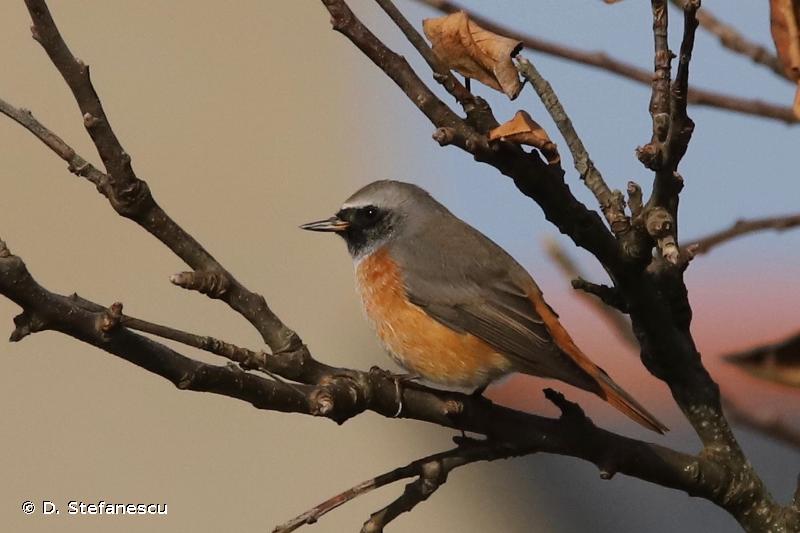
| Author : D. Stefanescu |
 |
To get the picture, please visit:
Dan Stefanescu
email : inpn@mnhn.fr
Any reuse of one or more photographs on this site is subject to an authorization request from the author.
Link to the Code of Intellectual Property (Legifrance)
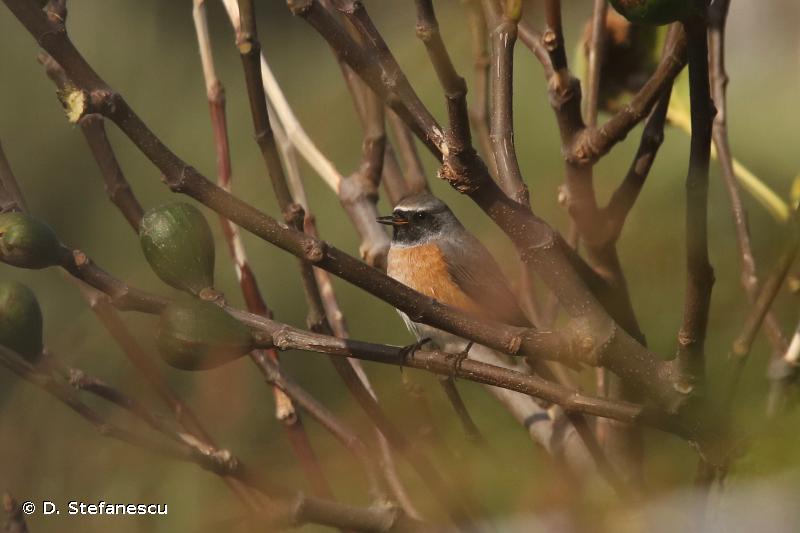
| Author : D. Stefanescu |
 |
To get the picture, please visit:
Dan Stefanescu
email : inpn@mnhn.fr
Any reuse of one or more photographs on this site is subject to an authorization request from the author.
Link to the Code of Intellectual Property (Legifrance)
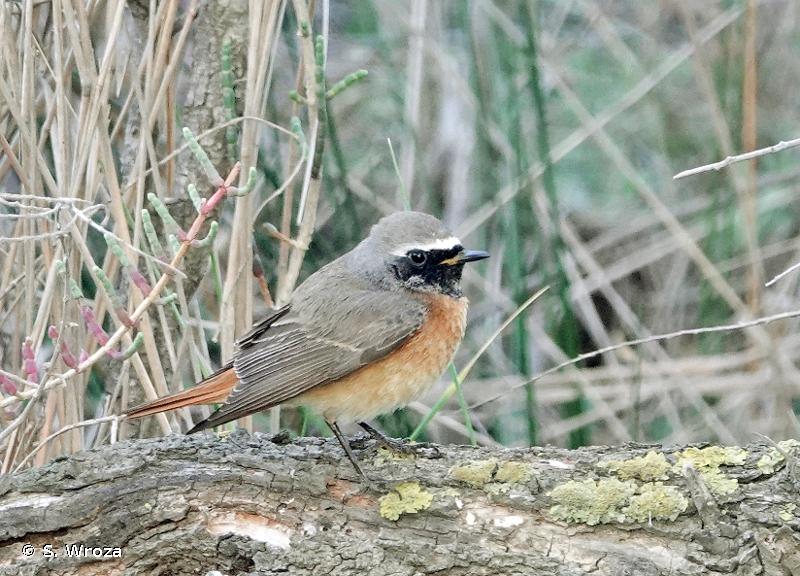
| Author : S. Wroza |
 |
Despite the Creative Commons license, please inform the author of the use which will be made of his photo

| Author : S. Wroza |
 |
Despite the Creative Commons license, please inform the author of the use which will be made of his photo
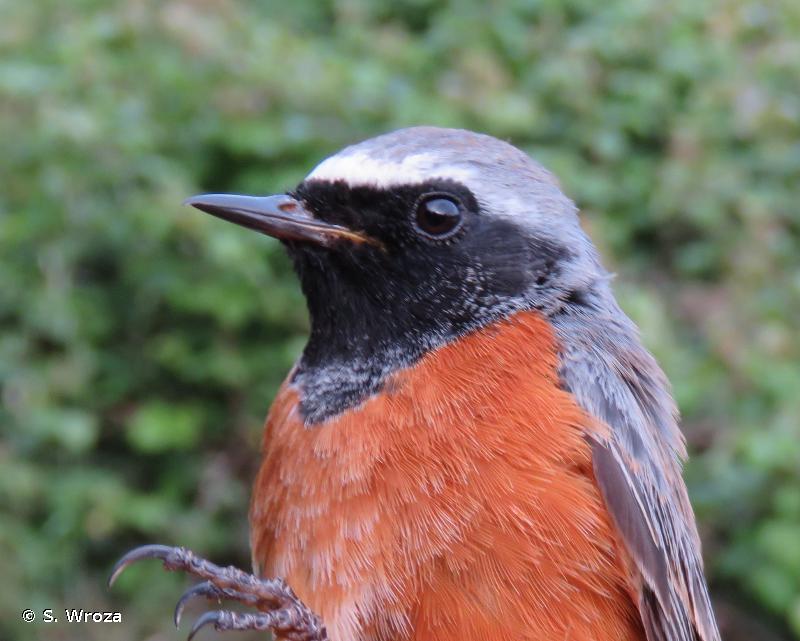
| Author : S. Wroza |
 |
Despite the Creative Commons license, please inform the author of the use which will be made of his photo
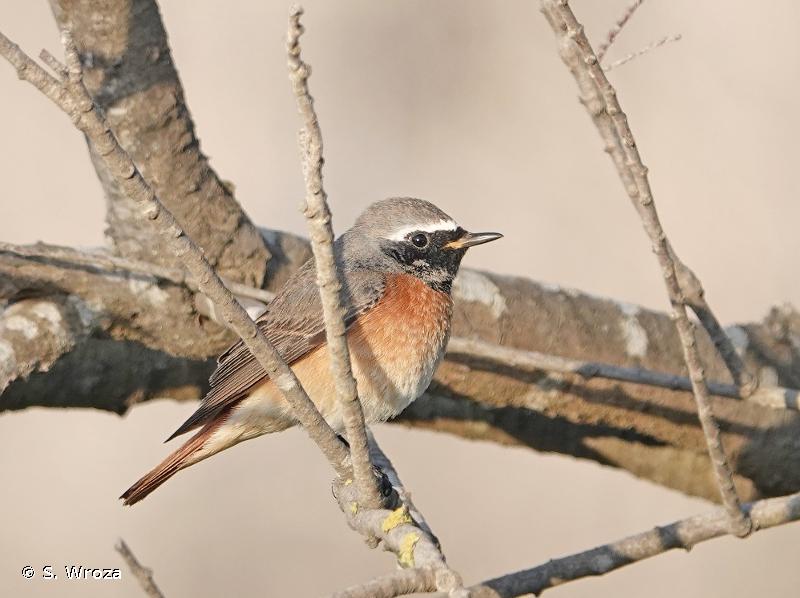
| Author : S. Wroza |
 |
Despite the Creative Commons license, please inform the author of the use which will be made of his photo
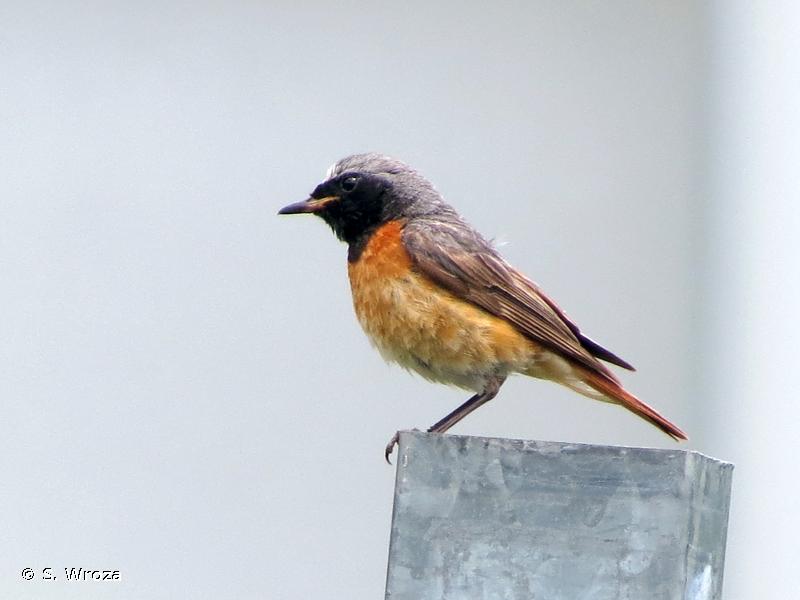
| Author : S. Wroza |
 |
Despite the Creative Commons license, please inform the author of the use which will be made of his photo
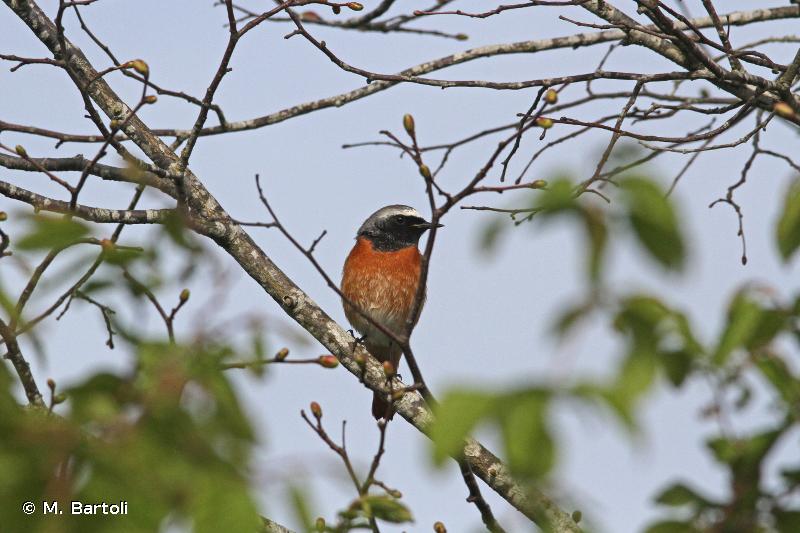
| Author : M. Bartoli |
 |
To get the picture, please visit:
Michel Bartoli
email : inpn@mnhn.fr
Despite the Creative Commons license, please inform the author of the use which will be made of his photo
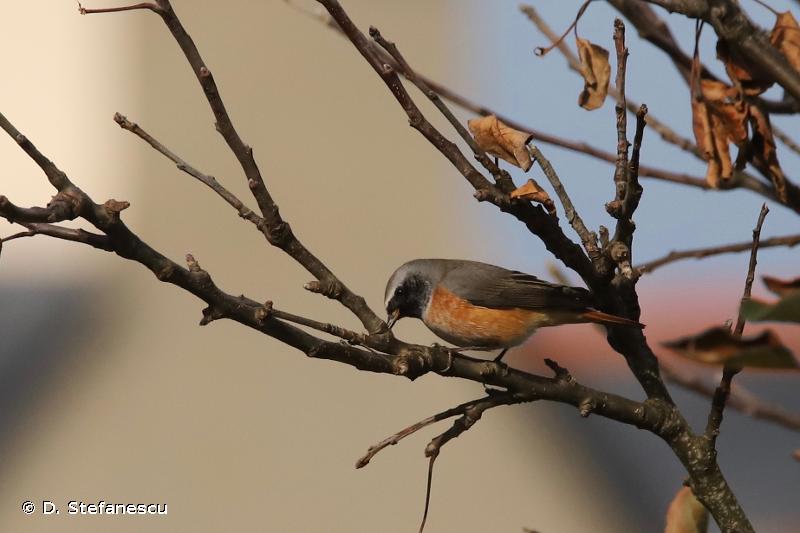
| Author : D. Stefanescu |
 |
To get the picture, please visit:
Dan Stefanescu
email : inpn@mnhn.fr
Any reuse of one or more photographs on this site is subject to an authorization request from the author.
Link to the Code of Intellectual Property (Legifrance)
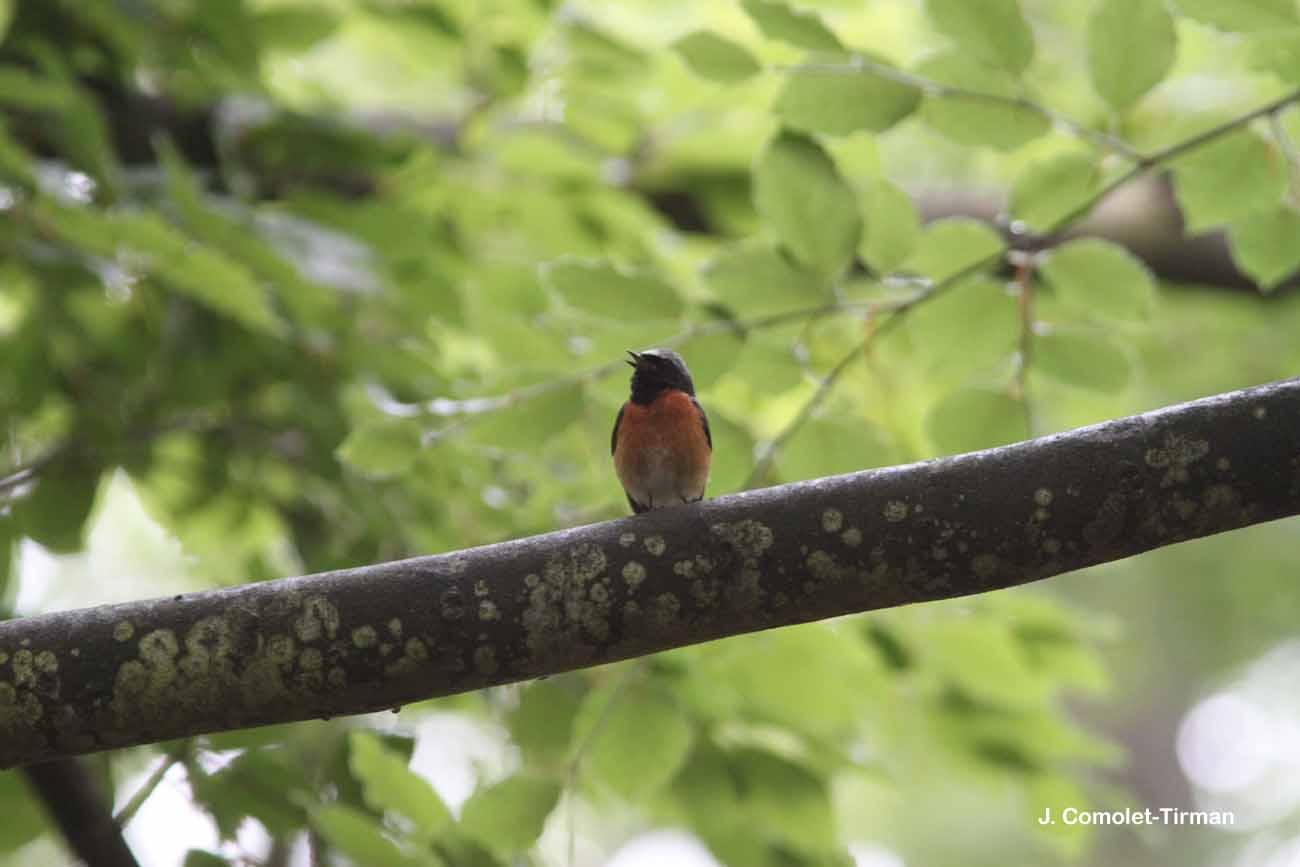
| Author : J. Comolet-Tirman |
 |
To get the picture, please visit:
Jacques COMOLET-TIRMAN
Muséum national d'Histoire naturelle - Service du Patrimoine Naturel
36 rue Geoffroy Saint-Hilaire
CP 41
75 231 PARIS CEDEX 05
e-mail : inpn@mnhn.fr
Legend: Mâle - Seine-et-Marne - 2009
Any reuse of one or more photographs on this site is subject to an authorization request from the author.
Link to the Code of Intellectual Property (Legifrance)

| Author : J. Comolet-Tirman |
 |
To get the picture, please visit:
Jacques COMOLET-TIRMAN
Muséum national d'Histoire naturelle - Service du Patrimoine Naturel
36 rue Geoffroy Saint-Hilaire
CP 41
75 231 PARIS CEDEX 05
e-mail : inpn@mnhn.fr
Legend: Femelle - Seine-et-Marne - 2009
Any reuse of one or more photographs on this site is subject to an authorization request from the author.
Link to the Code of Intellectual Property (Legifrance)
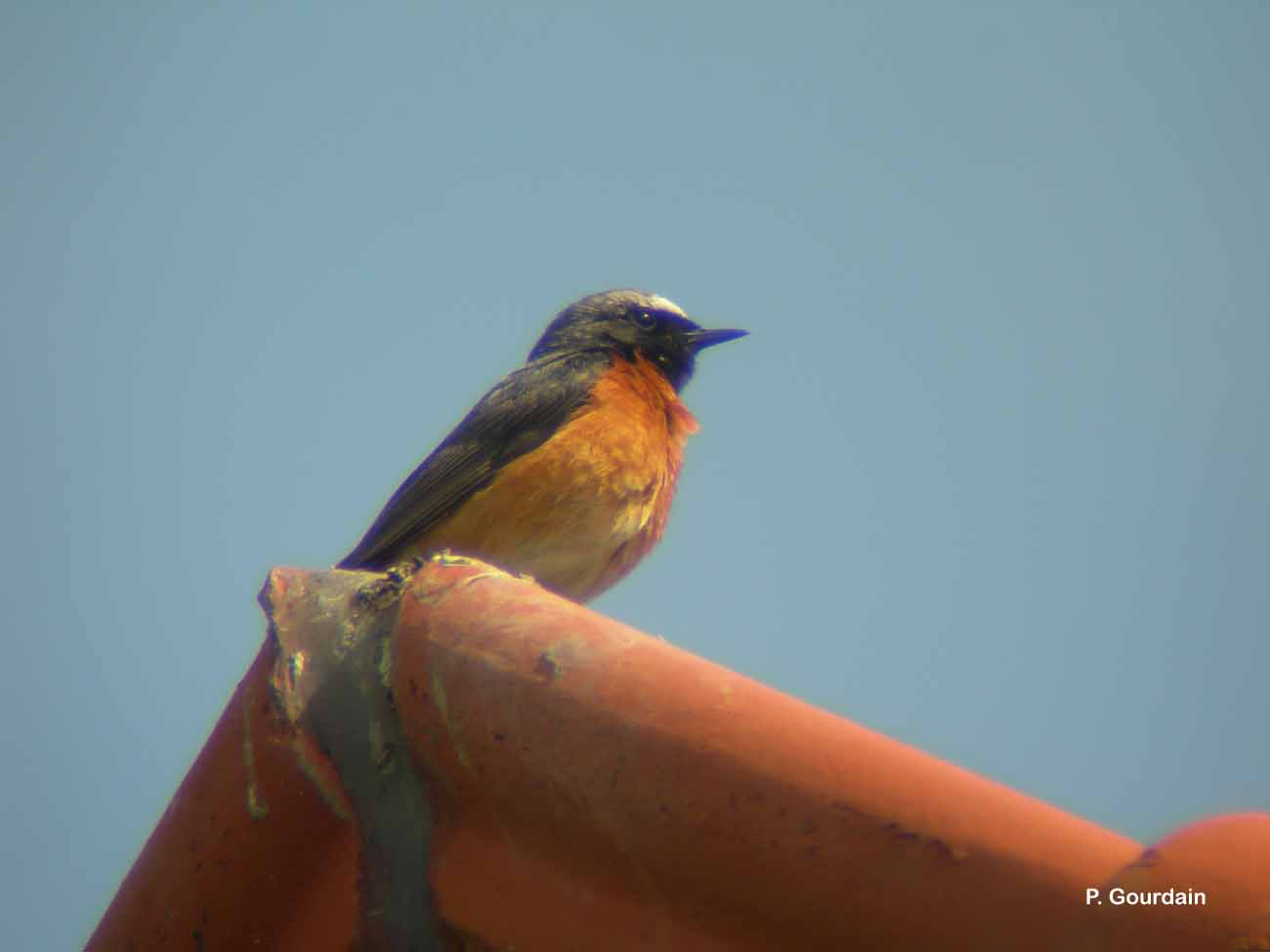
| Author : P. Gourdain |
 |
To get the picture, please visit:
Philippe GOURDAIN
Muséum national d'Histoire naturelle - Service du Patrimoine Naturel
36 rue Geoffroy Saint-Hilaire
CP 41
75 231 PARIS CEDEX 05
e-mail : inpn@mnhn.fr
Legend: Bransles
Despite the Creative Commons license, please inform the author of the use which will be made of his photo

| Author : S. Wroza |
 |
Despite the Creative Commons license, please inform the author of the use which will be made of his photo

| Author : S. Wroza |
 |
Despite the Creative Commons license, please inform the author of the use which will be made of his photo
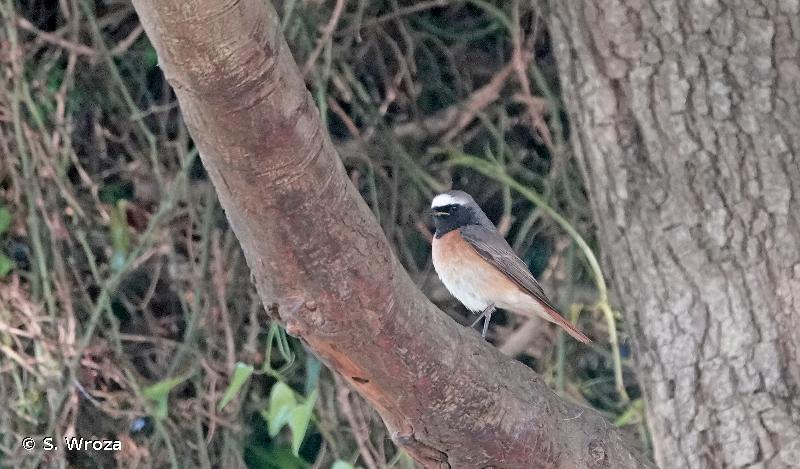
| Author : S. Wroza |
 |
Despite the Creative Commons license, please inform the author of the use which will be made of his photo

| Author : S. Wroza |
 |
Despite the Creative Commons license, please inform the author of the use which will be made of his photo

| Author : S. Wroza |
 |
Despite the Creative Commons license, please inform the author of the use which will be made of his photo

| Author : S. Wroza |
 |
Despite the Creative Commons license, please inform the author of the use which will be made of his photo
Taille/poids :
Longueur totale : 13,5 cm. Poids : 15 g en moyenne.
Diagnose :
Le mâle se reconnaît facilement à sa poitrine orangée, son masque noir et son front blanc. Le plumage de la femelle est beaucoup moins contrasté, avec un dessus brun clair et un dessous roussâtre. Les jeunes sont tachetés. A tous les âges, la queue rousse constamment agitée est typique. Le chant que l'on peut entendre surtout au printemps est composé de phrases mélodieuses dont l'introduction est typique. L'oiseau enchaîne ensuite sur des motifs variables souvent imitatifs.
Détermination :
Simple. Facile sur photo.
Espèces proches :
Période d'observation :
Avril à septembre-octobre.
Biologie-éthologie :
Oiseau insectivore, il capture ses proies tantôt au sol, tantôt au vol : les proies les plus consommées par les adultes sont les hyménoptères et coléoptères, alors que les jeunes sont nourris surtout de lépidoptères, de diptères et de petits coléoptères. Le Rougequeue à front blanc fait preuve de capacités d'adaptation étonnantes quand il s'agit de trouver un site de nidification : il lui arrive de nicher par exemple dans une souche, un vieux mur ou un hangar.
Biogéographie et écologie :
Largement réparti à travers l'Europe (>50% de son aire) et une partie de l'Asie, plus local en Afrique du Nord. Migratrice, l'espèce hiverne en Afrique sahélienne.En période de reproduction, l'espèce se rencontre dans les landes boisées et les forêts, de même que dans les vergers, parcs et jardins.
Compilé par J. Comolet-Tirman à partir des Cahiers d’habitats.(UMS 2006 Patrimoine Naturel (AFB / CNRS / MNHN)), 2017
Continental
Metropolitan France
Overseas
Marine
Metropolitan France
Overseas
